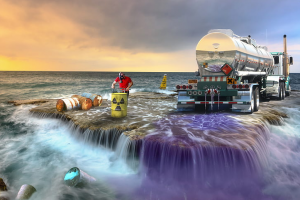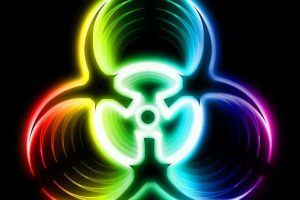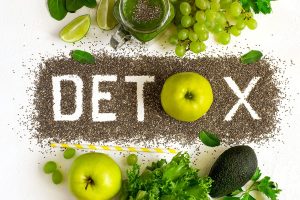Toxins in Our Water

We know that almost all of our water sources are polluted in some way. Our oceans are filled with oil, trash and cow excrement. Many lakes and rivers are facing the same fate. The average citizen thinks they are safe by drinking bottled water and tap water. Unfortunately, they don’t know that dozens of pollutants in their water doesn’t get filtered away.
An important study to consider was done by researchers from the Harvard T.H. Chan School of Public Health, and the Harvard John A. Paulson School of Engineering and Applied Sciences. This study found that industrial chemicals, exceeding recommended safety levels, are found in public drinking-water supplies for 6 million people in the United States. This is because, for many years, chemicals with unknown toxicities, such as PFASs, were permitted and released into the environment. Now we are facing the consequences. (1)
Bottled water isn’t a safe alternative, as it often contains many toxins unknown to consumers. Laboratory tests, conducted by the Environmental Working Group (EWG), found that “Ten popular U.S. bottled water brands contain mixtures of 38 different pollutants, including bacteria, fertilizer, Tylenol, and industrial chemicals, some at levels no better than tap water”. (2)
Other studies have found bottled water samples to contain phthalates, mold, microbes, benzene, trihalomethanes, and even arsenic (3) The EWG adds that “The bottled water industry promotes its products as pure and healthy, but our tests show that pollutants in some popular brands match the levels found in some of the nation’s most polluted big city tap water systems.”
Let’s not forget that bottled water not only pollutes our bodies, but also the environment. According to the Container Recycling Institute, “More than 60 million plastic bottles end up in landfills and incinerators every day, a total of about 22 billion per year”. Of course, this is not a problem for water bottle companies. They continue to sale over $10 billion on water bottles every year, in the US. (4)
Options for clean water include distilled water and reverse osmosis water. These can be excellent, but they have their own drawbacks.
The best source of water comes from high rivers and streams that haven’t been polluted by humans. Unfortunately, few people have access to such valuable resources. The rest have to deal with the toxicity that goes into their bodies every day, just from drinking water. Increasing our consumption of organic fruits and vegetables could be a healthy way to supplement our water intake, and support proper hydration.
Previous Section:
Next Section:
Acknowledgments
Thank you for reading!
Please donate to help us publish this book.
PayPal: trevesbruno@gmail.com
Venmo: @Bruno-Treves
Sources:
(1) http://news.harvard.edu/gazette/story/2016/08/unsafe-levels-of-toxic-chemicals-found-in-drinking-water-of-33-states/
(2) http://www.ewg.org/news/news-releases/2008/10/15/harmful-chemicals-found-bottled-water
(3) http://www.rd.com/health/diet-weight-loss/rethink-what-you-drink/
(4) http://www.container-recycling.org/index.php/issues/…/275-down-the-drain


